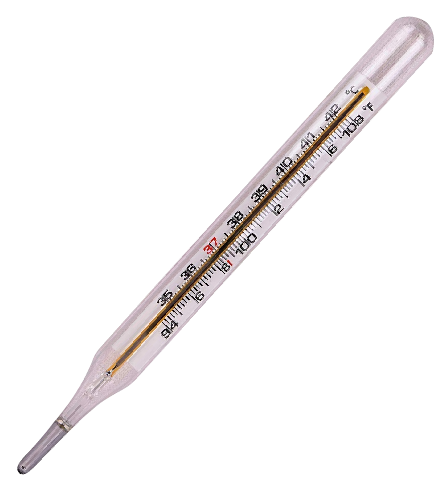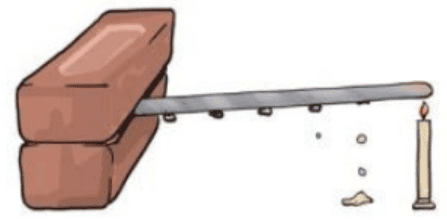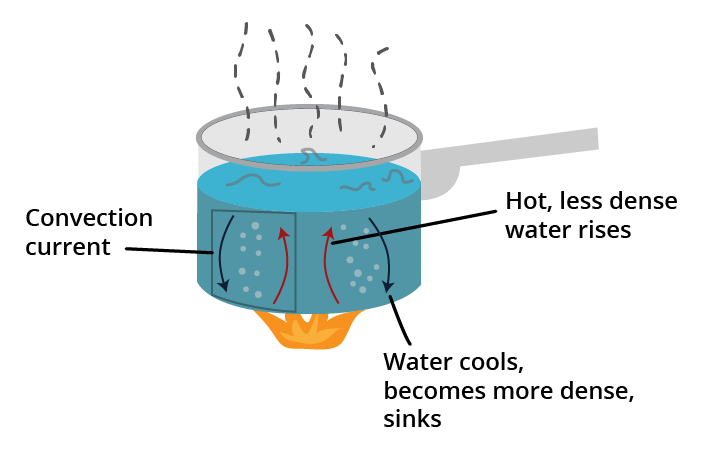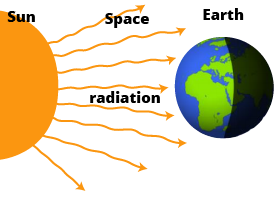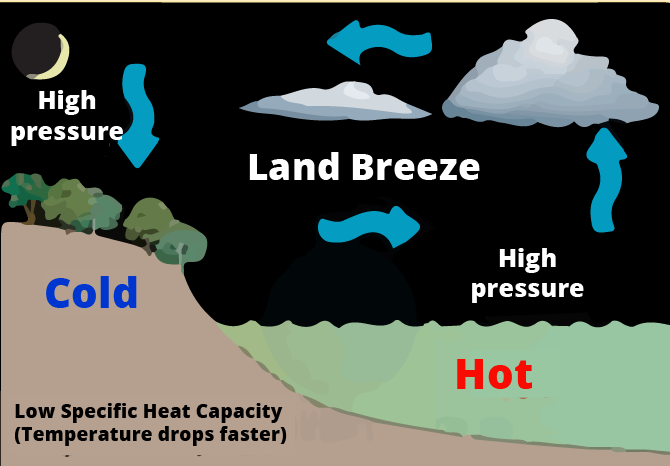Important Questions for Class 7 Science Chapter 3 Heat - FREE PDF Download
FAQs on CBSE Class 7 Science Important Questions Chapter 3 - Heat
1. What are the basics of Chapter 3 Heat of Class 7 Science?
Heat is a part of the syllabus of Class 7 Science. It is the fourth chapter in the science textbook. The basics of the Chapter Heat include topics involving heating and cooling effects that we feel every day. Students will learn about the effects of heat energy on various materials with practical activities. This will help students understand the chapter better. We come across many hot and cold objects in our daily life. For example, ice is cold and tea is hot.
2. What are the important questions in Chapter 3 of Class 7 Science?
Vedantu provides students with all the important questions as a study guide to help them clear their doubts from this chapter. All the extra questions and important questions from this chapter are written by experts on this subject to help the students to understand the important topics and concepts better. These important questions are provided by Vedantu from the final examination point of view. The important questions are based on all the important topics and concepts of the chapter. These important questions are available at free of cost on Vedantu(vedantu.com) and mobile app.
3. What can we use to measure the human body temperature?
We need to measure temperature in our daily lives. We can measure our body temperature using a clinical thermometer. This is mainly used by doctors to check the temperature of patients. The thermometer is long and narrow. It consists of a uniform glass tube where the end has a bulb in it. This particular bulb has mercury in it which is considered the main source of temperature measurement. The thermometer consists of two scales, namely the Celsius scale and the Fahrenheit scale.
4. Where can I access NCERT Solutions for important questions for Chapter 3 of Class 7 Science?
Vedantu provides all the important questions of NCERT Solutions for Chapter 3 of Class 7. Students can download NCERT Solutions for important questions of Class 7 Science Chapter 3 Heat for free on Vedantu. These solutions will help students gain a better understanding of this chapter. Students can use Vedantu to access free CBSE NCERT Solutions and other important study materials. This will even help students to revise their syllabus. Apart from this, students will even get the opportunity to score better marks in their examinations.
5. What are the similarities between the laboratory thermometer and the clinical thermometer?
The clinical thermometer is meant for clinical purposes only that are used to measure the human body temperature. Whereas, the laboratory thermometer can be used to measure temperatures apart from the human body temperature. However, the two have a few similarities. For example, both the thermometers have a narrow long uniform glass tube with a bulb at one end of the thermometer. Apart from this, both of them contain mercury and they both use the Celsius scale for measurement.






















